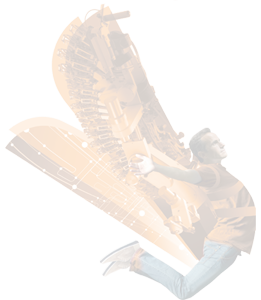Scientific Information

David Reinkensmeyer
"Robots and Sensors for Stroke Rehabilitation: What Have We Learned and What Comes Next?"
Professor in the Departments of Mechanical and Aerospace Engineering, Anatomy and Neurobiology, Biomedical Engineering, and Physical Medicine and Rehabilitation at the University of California at Irvine
Professor in the Departments of Mechanical and Aerospace Engineering, Anatomy and Neurobiology, Biomedical Engineering, and Physical Medicine and Rehabilitation at the University of California at Irvine
David Reinkensmeyer received the B.S. degree in electrical engineering from the Massachusetts Institute of Technology and the M.S. and Ph.D. degrees in electrical engineering from the University of California at Berkeley, studying robotics and the neuroscience of human movement. He carried out postdoctoral studies at the Rehabilitation Institute of Chicago developing robotic devices for rehabilitation therapy after stroke. He became an assistant professor at U.C. Irvine in 1998, establishing a research program that develops technologies for movement training and models for computational neurorehabilitation. He is co-inventor of the T-WREX upper extremity training device, which was commercialized as ArmeoSpring, and the MusicGlove finger training device. He is Editor-in-Chief of the Journal of Neuroengineering and Rehabilitation, co-director of the NIDILRR COMET Robotic Rehabilitation Engineering Center, co-editor of the forthcoming book Neurorehabilitation Technology, 3rd edition, and a fellow of the AIMBE.
Lecture Title: "Robots and Sensors for Stroke Rehabilitation: What Have We Learned and What Comes Next?"

